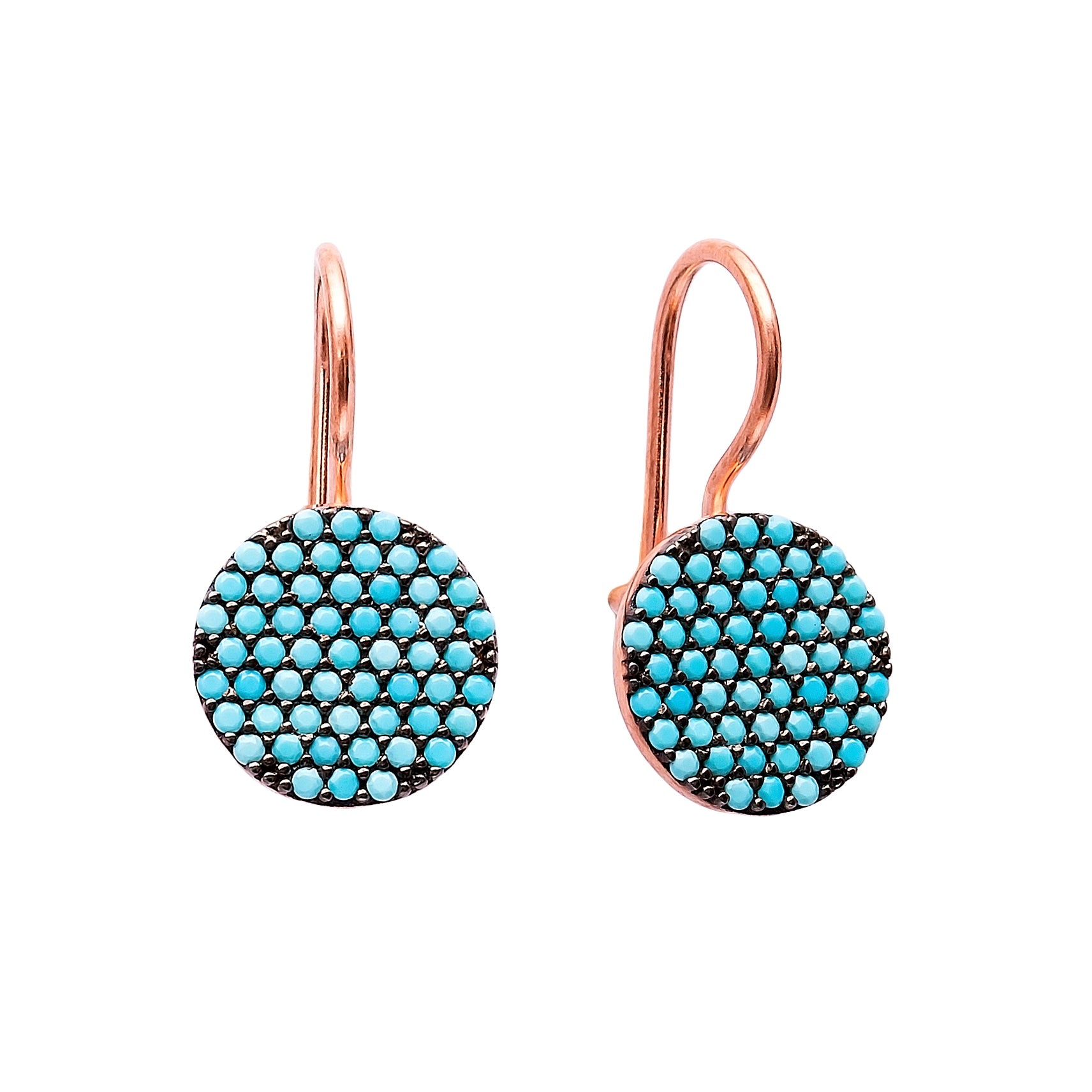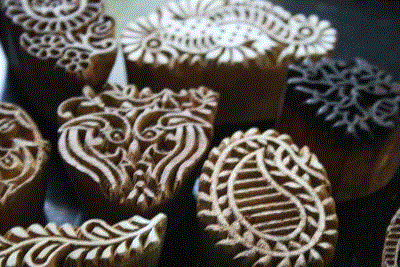
What is Gold Vermeil ?
- Oct 27, 2015
- 0
Among the many decisions designers must make when creating a piece is what metal to use.
Gold has always been viewed as a precious metal, but with raw material prices doubling from 2005 to 2009, consumers and designers increasingly sought alternatives to solid gold jewelry. Almost overnight, the fashion jewelry category was reborn and “gold vermeil” seemed to be popping up in collections everywhere.
Gold vermeil, pronounced “vehr-MAY,” is sterling silver plated with gold. The initial process originated in France around 1750 and used a technique called “fire gilding”. Jewelry makers applied mercury and gold to the silver then exposed the metal to extreme heat which caused the mercury to vaporize and the layer of gold to adhere to the silver. France made this process illegal in the 1800s because the mercury vapors caused blindness. Today gold vermeil is commonly created using an electroplating process.
You’re probably wondering “So…how is this different than plated jewelry?” In order to qualify as gold vermeil and not merely gold-plated silver, the piece must meet certain requirements.
- The base must be pure sterling silver. In plated jewelry (primarily costume pieces), you get a mix of metals that can include brass, nickel and aluminum.
- The sterling silver may not be coated with any other metal prior to having the layer of gold applied.
- The gold layer with which the silver is plated must be at least 10-karat gold, and the layer must be at least 2.5 microns thick across the entire surface. Gold-plated jewelry has a much thinner layer of gold which results in the piece showing signs of wear much quicker.
One of the greatest benefits of gold vermeil is cost. With the core metal consisting of sterling silver, gold vermeil is more affordable than solid gold jewelry. It’s also a wonderful alternative for people with nickel allergies or sensitivity to other metals since gold vermeil by definition cannot contain other metals.
Things to think about when purchasing a gold vermeil piece is the durability. Gold plating, no matter how thick, will eventually wear away. It’s simply the nature of plating (please be wary of any jeweler who says otherwise). The good news is that these pieces can be replated fairly easily and inexpensively, and with proper care this process can be slowed considerably. I recommend following my simple care instructions to ensure your gold vermeil will last for many years.




